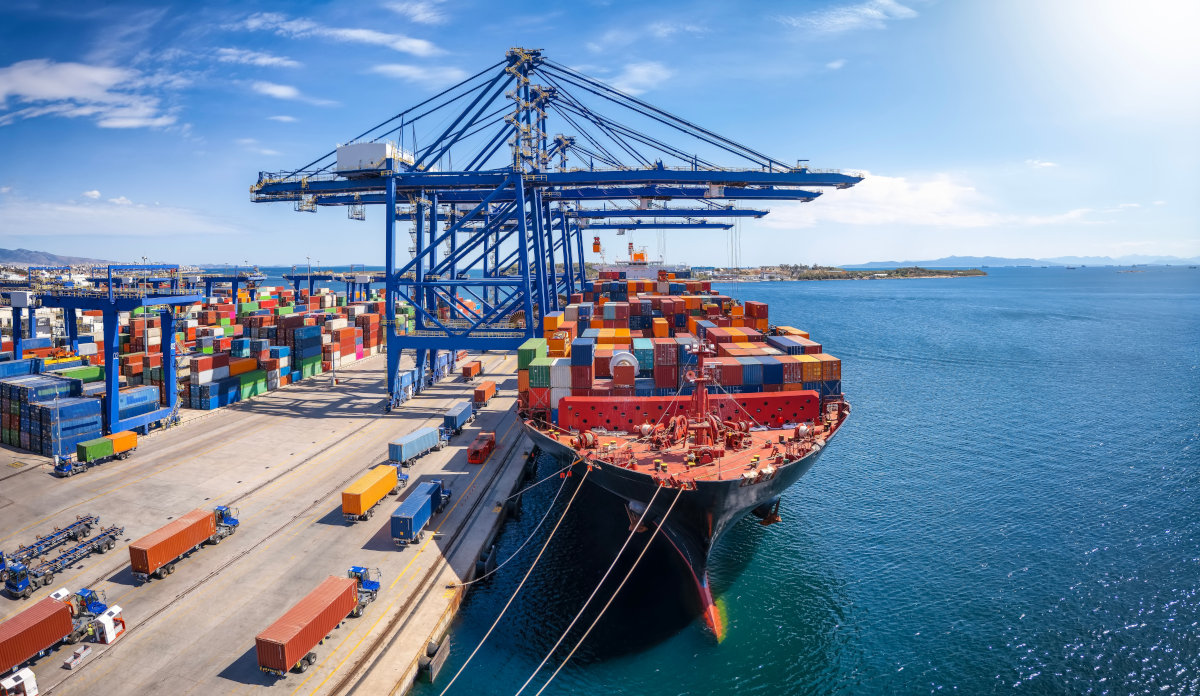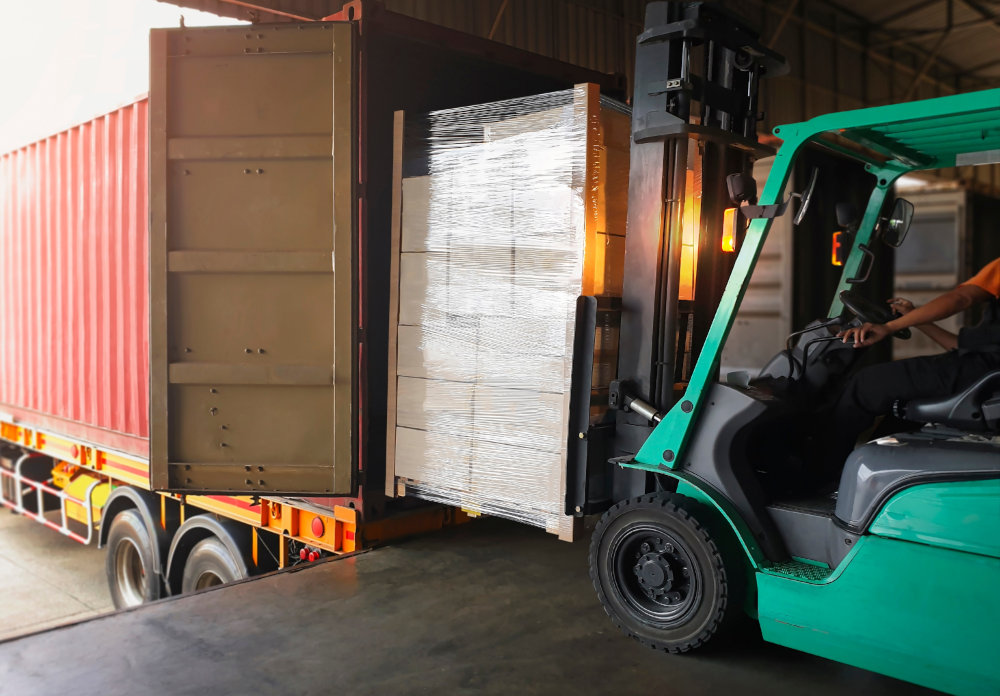
A bonded carrier is a transportation provider authorized by customs authorities to move goods that have not yet cleared customs, under a customs bond. This means the carrier can legally transport shipments from one customs-controlled area to another, such as from a port of entry to a bonded warehouse or an inland customs office. The bond acts as a financial guarantee to the government that duties, taxes, and other import fees will be paid, even if the goods are lost or diverted during transit.

Transloading is a logistics process where cargo is transferred from one mode of transportation to another, typically to optimize shipping routes or reduce costs. This method is especially useful in global trade, where goods may need to move between ships, trains, and trucks. Transloading allows for seamless movement of freight across different transportation networks, providing flexibility and efficiency when direct shipping methods are unavailable or too costly.

Import/export drayage services are a critical component of the global logistics chain, bridging the gap between ocean shipping and inland transportation. Drayage refers to the short-distance hauling of goods, typically within a port or between ports and rail yards, warehouses, or distribution centers. For international trade, drayage services play a vital role in ensuring smooth transitions for containerized freight, especially when containers are being transported by truck or rail. With ports handling massive volumes of cargo, efficient drayage services help mitigate bottlenecks, speed up the movement of goods, and ensure timely delivery to their final destinations.
